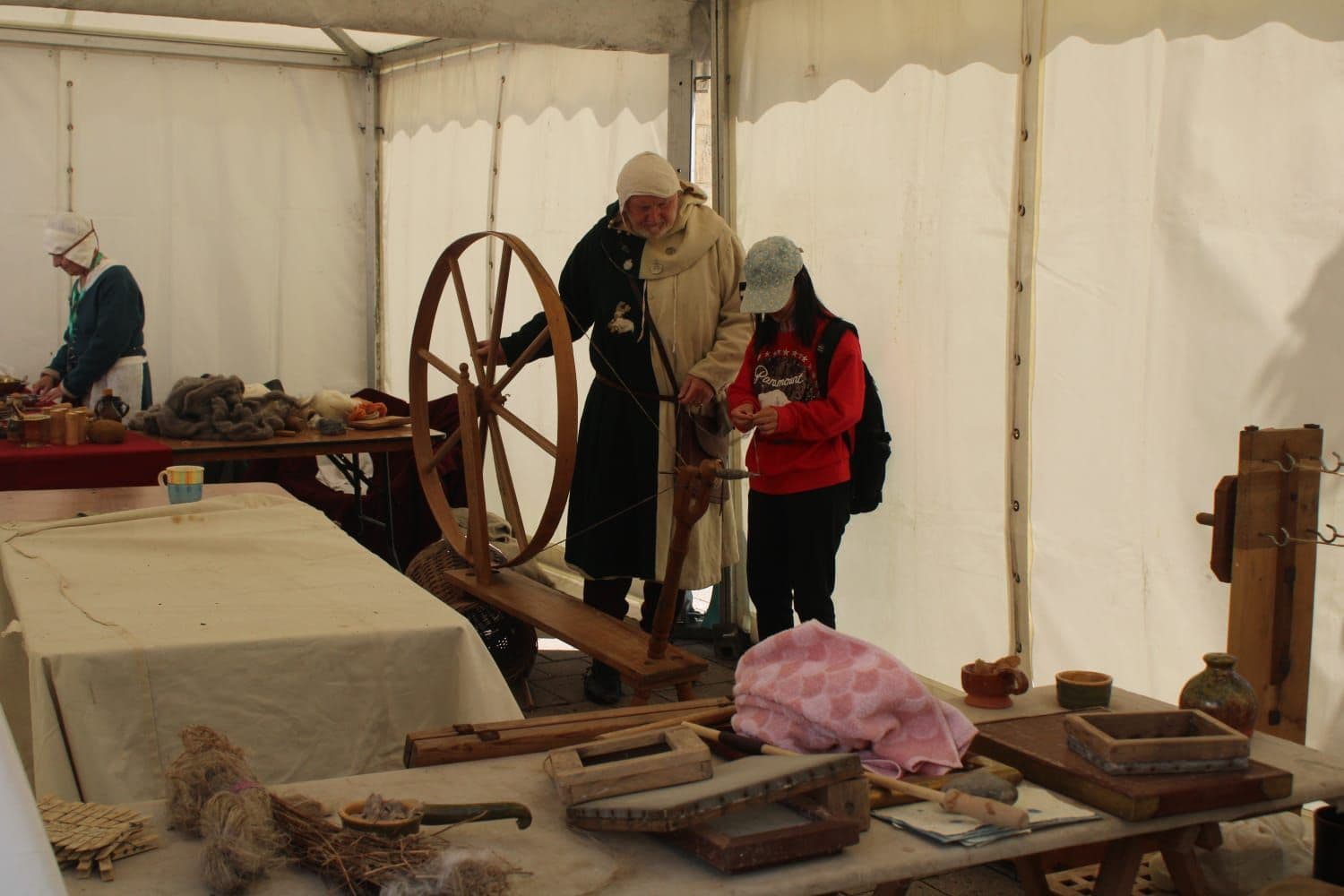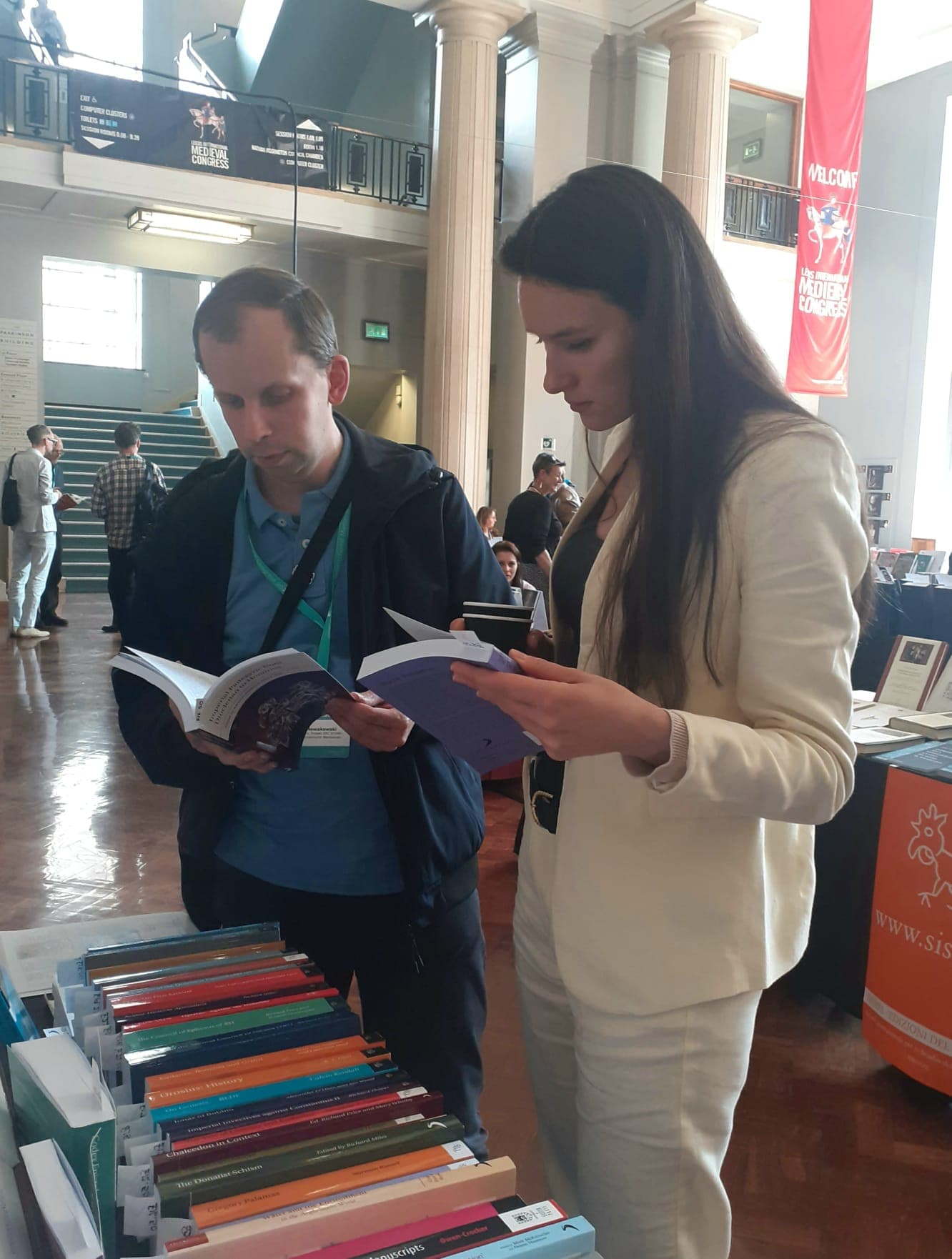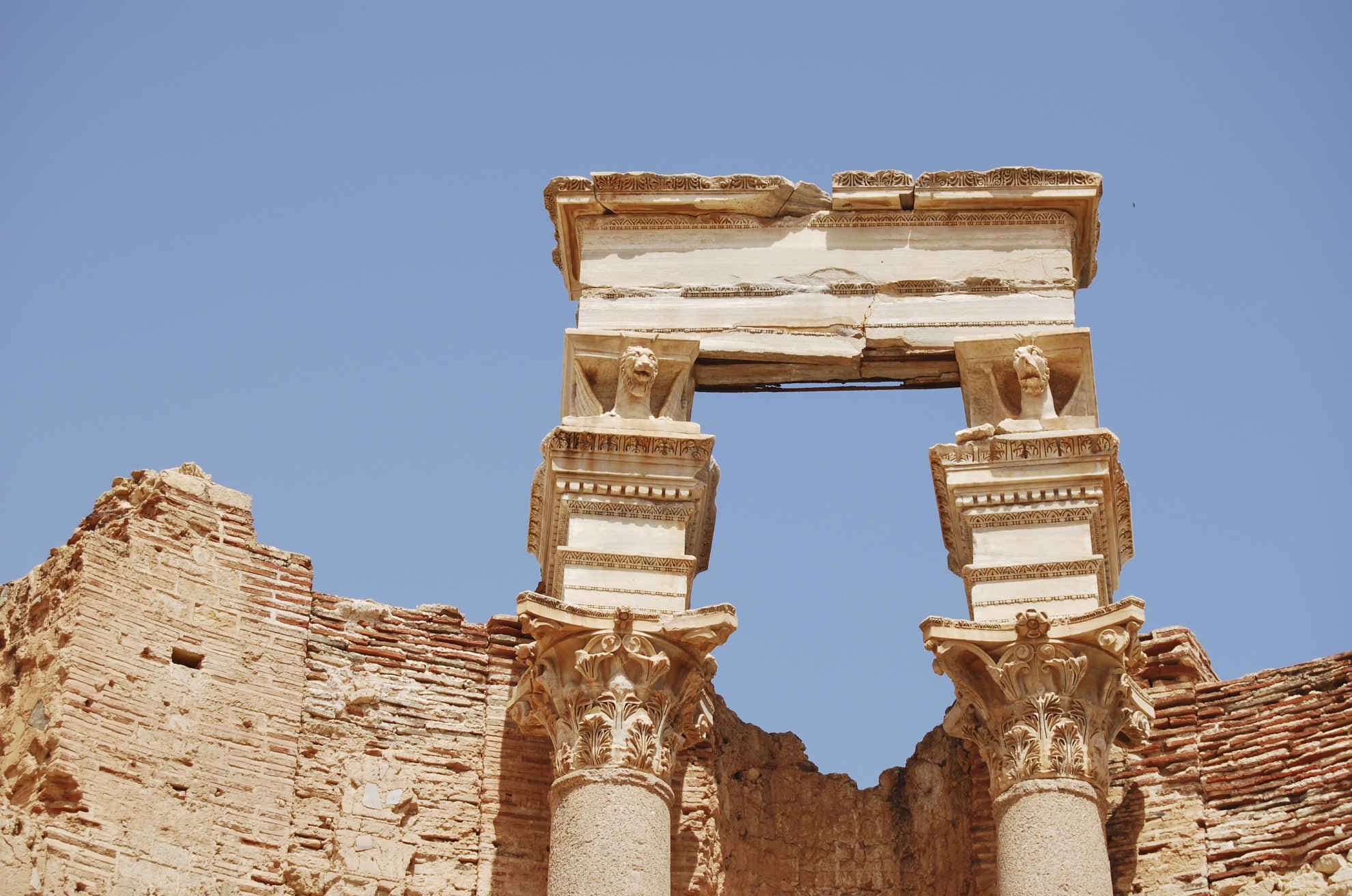The International Medieval Congress (IMC) in Leeds 1-4 July 2024 was a major event for our entire team – we organized two sessions presenting the current research on our project and networked in a rich environment of almost 2000 (!) researchers covering the periods from 300 CE to 1500 CE. This opened new perspectives for collaboration while talks on how we can extrapolate the results of our research proved very instructive. It is just wonderful that really big epigraphy is making its way into the IMC – next to our sessions we also enjoyed those by Rachael Banes (University of Vienna) which explored the theme of “conflicting approaches to late antique inscriptions.”
As for our sessions, one gave very technical insights into the methods of the identification of workshops in the Bordeaux region, Aquincum, and in the urban environment of Sagalassos. The other, organized by Julia Borczyńska, opened the floor for a discussion of the cultural impact of the inscriptions and their makers across different epochs and milieus – from the catacombs of Rome to early modern Bruges, thus marking the open-end nature of our project.
The congress also allowed us to enjoy the city of Leeds with its small collection of Roman antiquities in the Leeds City Museum, and the Kirkstall Abbey. Random encounters with campus rabbits and the congress disco gave a lot of fun too!
Our core session in IMC 2024 was chaired by Paweł Nowakowski and encompassed papers by Lorena Pérez Yarza, Marina Bastero Acha, and Andrés Rea. We titled it: “Erring artisans. A fresh look on stonecutters and casual carvers of inscriptions in Western and Eastern Mediterranean in Late Antiquity.”
The session explored errors in current knowledge and interpretative patterns in research on late antique stonecutters and casual carvers of inscriptions. In the first paper, Lorena Pérez Yarza revisited opinions on workshops active in Aquitanica (southern Gaul) to clear the epigraphic horizon of specimens wrongly dated to later antiquity. Thereafter, Marina Bastero Acha ventured to systematize the funerary inscriptions of Pannonia Inferior, and reveal their regional workshops of origin through a careful study of formulae, family portraits and sacrificial scenes. Finally, Andrés Rea refuted interpretations of early medieval graffiti as signs of decay, criminality and vandalism. Using as a case study the rich collection of secondary inscriptions from Sagalassos (Asia Minor), he sketches the day-to-day life of their makers.
The paper list was as follows:
- Lorena Pérez Yarza, Late-antique Epigraphy in the Provinces: The Workshops of Aquitanica
- Marina Bastero Acha, The Evolution of Iconography and Form in the Late Antique Funerary Inscriptions of Pannonia Inferior
- Andrés Rea, Vandalizing or Neutralizing Space? Graffiti Authors in Late Antique Sagalassos (SW Türkiye)
Julia Borczyńska organized the second session with two invited researchers: Karolina Tomczyszyn (Oxford University, now transferring to KU Leuven) and Julia Nowakowska (Warsaw University). This was titled: “Urban elites facing the crisis. Anxiety as a cause of change and its manifestations in epigraphy of urban networks of Late Antiquity and High Middle Ages.”
According to the congress’s theme, the session explored what epigraphy can tell us about the motif of a crisis that affects both individuals and communities, becoming a factor that causes far-reaching changes. Based on selected examples from Late Antiquity to the High Middle Ages, the speakers considered how the reactions of urban elites to the crisis influenced both topographical and social changes that took place in the urban fabric, and how these were manifested through building and dedicatory inscriptions, a powerful means of social communication. The session was important to explore the possibilities of extrapolation of our project’s research results to other eras and its open-ended nature.
The session included papers:
- Karolina Tomczyszyn, The Butterfly Effect: Individual Religious Crisis as a Trigger for Interferences in the Ur-ban Fabric
- Julia Borczyńska, Restore the splendor of the sacred caves. Verse epigrams as a testimony of the reaction of urban elites to the destruction after the siege of Rome in 537.
- Julia Nowakowska, The response of the elites of Bruges to the crisis in Flanders (1127-1128).
Finally, Pawel Nowakowski was invited by the organizers of an impressive and very well-attended series of sessions “Connecting Late Antiquities,” centered on the digital edition and revision of the Prosopography of the Later Roman Empire, to give a paper on the STONE-MASTERS Atlas and his former projects – EpIdentity and Cult of Saints in Late Antiquity – as potential resources for prosopographical research. Pawel explained how the databases designed for these projects but not strictly meant for gathering prosopographical information deal with different types of prosopographical data, how these can be exported, cleaned and made interoperable.
Photos from the IMC Leeds 2024
















